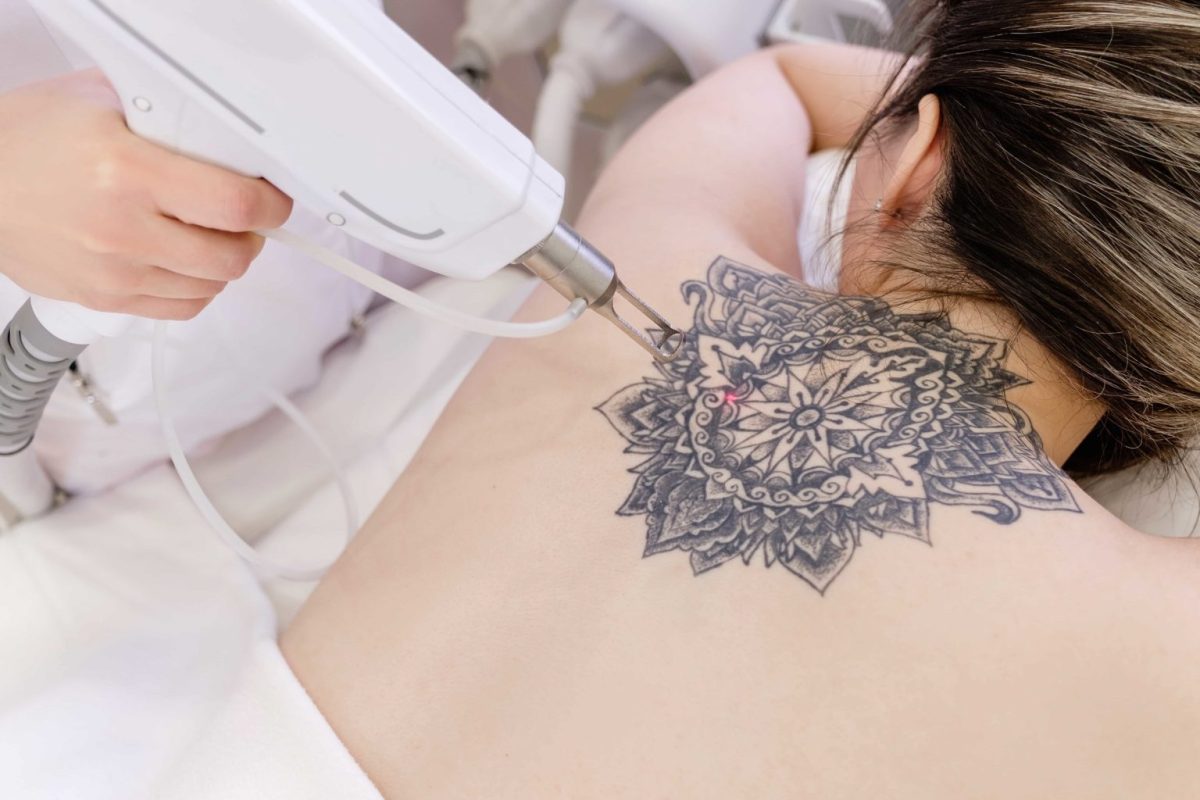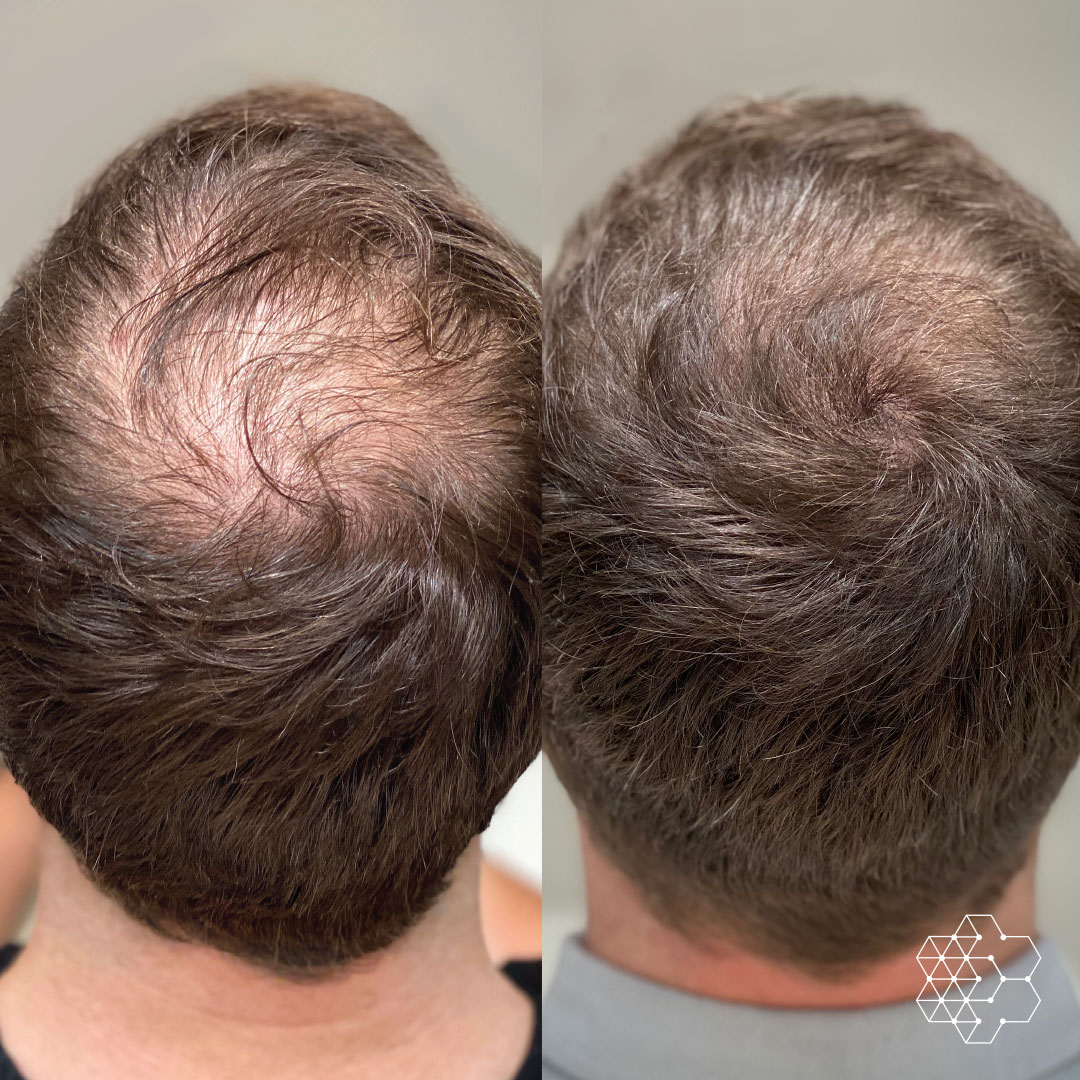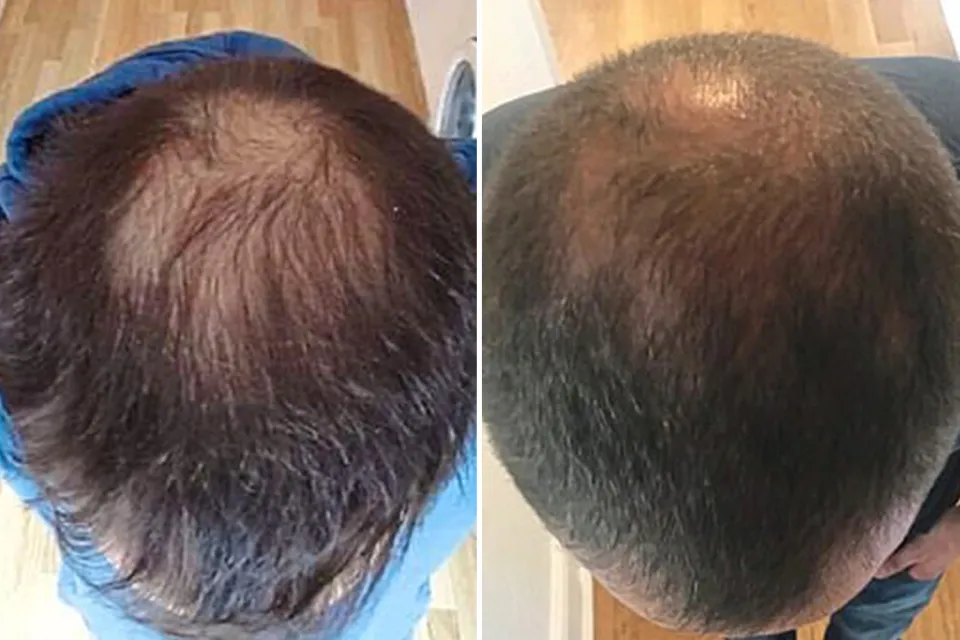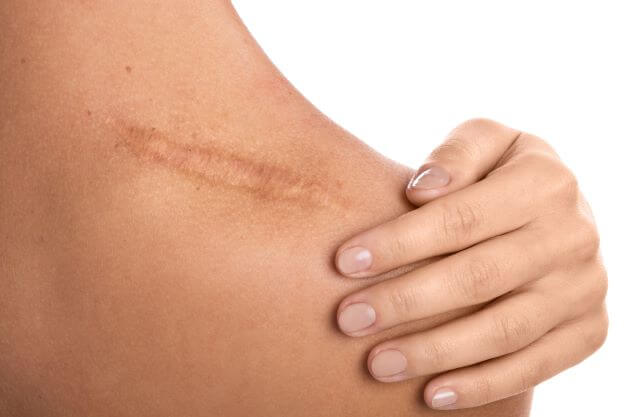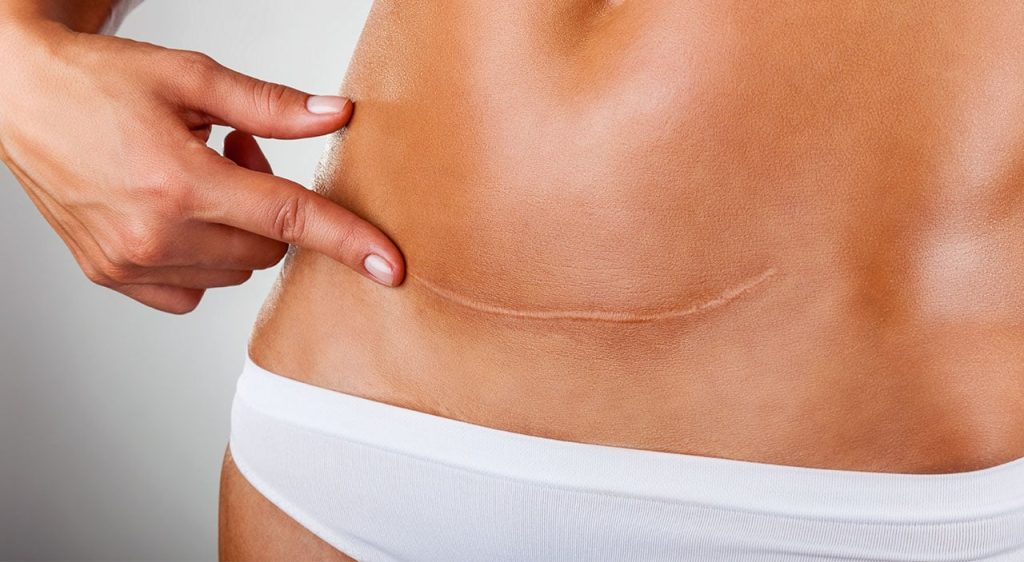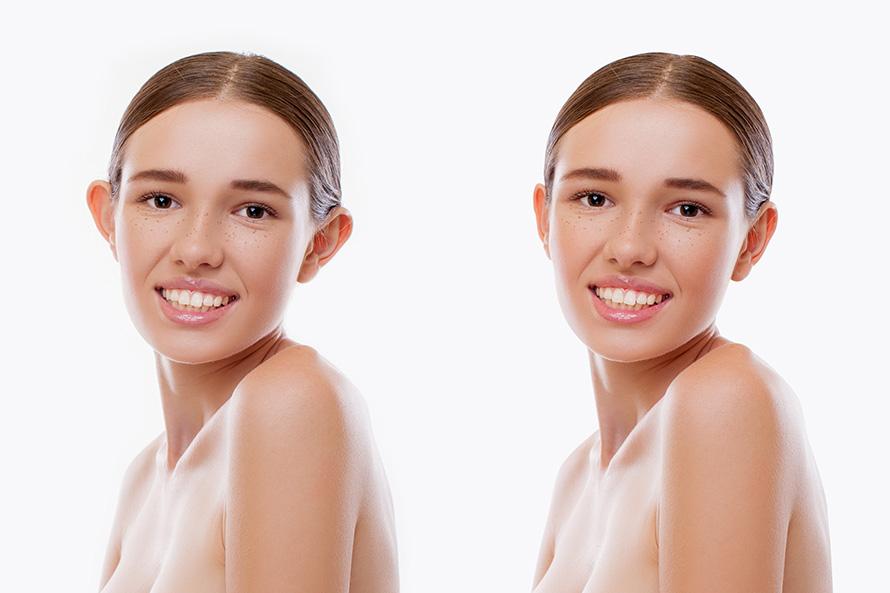Understanding Botox and Its Mechanism
Botox Origins
Botox comes from a neurotoxin produced by Clostridium botulinum. It’s widely used in cosmetic procedures today. This toxin has a unique ability to smooth wrinkles, making it popular among men seeking a more youthful appearance.
Doctors discovered its cosmetic potential after observing its effects on muscle paralysis. Now, it’s a go-to solution for reducing the visibility of facial lines.
Mechanism of Action
Botox works by temporarily paralyzing muscles. When injected, it blocks nerve signals that cause muscles to contract. This relaxation of muscles leads to a smoother skin surface.
The effect typically lasts for three to four months. Patients often return for follow-up treatments to maintain their wrinkle-free look. The precision in targeting specific muscles is what makes Botox highly effective yet requires expert handling.
Safety and Approval
Concerns about safety are common but unfounded. The FDA approved Botox for cosmetic use in 2002, marking it as safe when administered by a professional.
Its safety profile is well-documented, with millions of successful treatments worldwide. Side effects are rare and usually mild, ranging from temporary bruising to slight discomfort at the injection site.
Rising Trend of Botox Among Men
Cosmetic Motives
Men are increasingly turning to Botox to maintain a youthful appearance. They seek to reduce frown lines, wrinkles, and fine lines that appear with aging. Unlike women who often focus on a broad range of facial features, men typically target specific areas. These include the forehead and the area around the eyes to preserve masculine features while softening signs of aging.
The desire for a less tired look drives many men to consult doctors about Botox. This treatment helps them achieve smoother skin without extensive downtime or significant bruising.
Medical Benefits
Botox offers more than just cosmetic improvements. Men also use it for medical conditions such as excessive sweating (hyperhidrosis) and teeth grinding. By targeting the muscles involved in these processes, Botox provides relief that goes beyond aesthetics. It improves quality of life for those affected by these conditions.
This dual benefit has contributed significantly to its popularity among male clients. It’s not just about looking good; it’s also about feeling better.
Market Growth
Recent years have seen a remarkable increase in men opting for Botox treatments. Statistics reveal that the percentage of male clients in the Botox market has grown substantially. This growth reflects changing societal attitudes towards cosmetic procedures among men.
Gone are the days when such treatments were seen as exclusively for women. Today, both genders recognize the value of maintaining a youthful and vibrant appearance through minimally invasive methods like Botox.
Key Areas for Botox Application in Men
Forehead Lines
Men often seek Botox treatments to smooth out forehead lines. These lines can make one look older or constantly worried. A few precise injections relax the facial muscles, leading to a more youthful and relaxed appearance.
They appreciate the quick procedure and its effective results.
Crow’s Feet
Crow’s feet, the fine lines that appear around the eyes, are another common concern. Botox helps by relaxing these areas, significantly reducing their visibility. This treatment can help men maintain a vigorous and dynamic expression without being overshadowed by signs of aging.
It offers a subtle yet impactful rejuvenation.
Frown Lines
Frown lines between the eyebrows can give off an unintended stern or angry look. Botox effectively softens these lines, promoting a friendlier appearance. Many men find this treatment essential for improving interpersonal interactions, whether in professional settings or social gatherings.
They value the boost in confidence it brings.
Hyperhidrosis
For men battling with hyperhidrosis, or excessive sweating, Botox presents a powerful solution. By targeting sweat glands in areas like underarms or palms, it significantly reduces sweat production. This application of Botox goes beyond aesthetics, improving quality of life for many.
It is celebrated for its life-changing benefits.
Jawline and Neck
Botox is also applied for jawline contouring and minimizing the appearance of neck bands. These treatments can enhance masculine features by defining the jawline and smoothing the neck area. Men seeking a more chiseled look find this application particularly appealing.
They enjoy the dual benefits of aesthetic enhancement and anti-aging effects.

Exploring Benefits of Botox for Men
Quick Procedure
Botox offers a swift solution for men looking to enhance their appearance without surgery. It’s a minimally invasive procedure that requires no downtime. This means they can return to their daily activities immediately after treatment. The ease and convenience make it an attractive option for those with busy schedules.
Men appreciate the optimal results achieved through this quick process. They notice visible improvements in their appearance, contributing to achieving their aesthetic goals without significant interruption to their lives.
Psychological Boost
The psychological benefits of Botox for men are profound. Many report feeling more confident after seeing the reduction in wrinkles and fine lines. This boost in self-esteem is not just about looking younger but feeling better in one’s skin.
Increased confidence often translates into various aspects of life, including professional and personal relationships. Feeling good about oneself can open doors to new opportunities and experiences.
Medical Advantages
Beyond cosmetic enhancements, Botox has medical benefits. It’s effective in treating conditions like chronic migraines and muscle spasms. For many men, finding relief from these issues is life-changing.
They experience fewer headaches, which improves their quality of life significantly. Similarly, easing muscle spasms can lead to better mobility and comfort in daily activities. These medical advantages highlight the versatility of Botox beyond just aesthetic improvements.
Potential Side Effects on Men
Common Risks
Many men experience temporary discomforts after receiving Botox treatments. These include bruising, swelling, or temporary muscle weakness around the injection sites. It’s crucial for men to understand that these side effects are generally short-lived and resolve on their own.
They should not let these minor inconveniences deter them from considering Botox, especially given its benefits discussed earlier. However, awareness and preparedness for such outcomes can make the experience smoother.
Serious Concerns
In rare cases, more severe issues may arise if Botox spreads beyond the treatment area. Symptoms resembling botulism, such as difficulty breathing, swallowing, or double vision, can develop. These conditions require immediate medical attention.
It is a misconception that only women face complex risks with Botox. Men are equally susceptible to these complications, underscoring the importance of selecting a qualified practitioner. The right professional can significantly minimize these risks.
Choosing Wisely
The key to a successful Botox treatment lies in choosing an experienced and certified practitioner. They should have a solid track record of treating male patients and understanding the unique factors influencing men’s results.
Comparing Botox Needs Between Genders
Dose Differences
Men often need higher doses of Botox than women. This is due to their stronger facial muscles. Women typically have finer muscles, requiring less of the product.
The differences in muscle strength mean men and women experience Botox differently. Men might visit their specialists more frequently for touch-ups.
Treatment Areas
Men focus more on the forehead and eyes. These areas are prone to deep lines and wrinkles due to muscle movements.
Women, however, may seek treatment in a wider range of areas. This includes around the mouth and neck. The preference highlights how each gender perceives aging signs.
Social Trend
“Brotox” parties are becoming popular among men. They view these gatherings as both a social activity and a way to maintain a youthful appearance.
These events break down the stigma around men using cosmetic procedures. They promote openness and acceptance in male grooming habits.
Evaluating Botox Costs for Men
Pricing Factors
The cost of Botox for men can vary widely. Key factors include dosage needs and the expertise of the practitioner. Men often require a higher dosage than women due to their larger muscle mass, particularly in areas like the forehead and around the eyes. This directly impacts the overall price.
Practitioner expertise also plays a crucial role. Experienced professionals may charge more, but they also offer precision and understanding of male facial anatomy. This ensures more natural-looking results.
Cost Range
On average, Botox treatments for men range between $300 to $600 per session. The variation depends on the treatment area’s size and the required units of Botox. Some regions might need more product, leading to higher costs.
Maintenance Sessions
Botox is not a one-time expense. Regular maintenance sessions are necessary to preserve results. These sessions contribute significantly to long-term costs but are essential for sustained benefits.
Men should plan for 3-4 maintenance treatments annually, depending on how quickly their bodies metabolize the Botox. This continuous investment keeps aging signs at bay but requires budgeting for ongoing care.
Eligibility and Consultation Process
Initial Assessment
During the initial consultation, a board-certified professional evaluates the client’s medical history and cosmetic goals. This step ensures the safety and effectiveness of Botox for enhancing one’s appearance. They discuss the desired results and how Botox can be a solution to meet those goals.
Clients must be honest about their health condition, including any medications or supplements they’re taking. Some products might not mix well with Botox, affecting the outcome.
Eligibility Criteria
To be eligible for Botox, men should meet certain criteria regarding age, health status, and expectations. Generally, individuals in good health over 18 years old are considered suitable candidates.
Having realistic expectations is crucial. Botox can significantly improve appearance but it’s important to understand what it can and cannot do. The professional will clarify this during the consultation.
Medication Disclosure
Disclosing any medications or supplements is an essential part of the consultation process. This information helps avoid potential interactions that could compromise results or safety. It ensures clients receive the best possible outcome from their treatment.
Final Remarks
Botox for men isn’t just a trend; it’s a game-changer in personal care and confidence boosting. You’ve seen how it works, where it fits in your routine, and the benefits it brings. Sure, there are side effects, but knowledge and the right consultation make them manageable. It’s not about gender—it’s about feeling good in your skin. Whether you’re comparing costs or considering your eligibility, remember: this is about what works for you.
Ready to take the next step? Consult a professional and see how Botox can fit into your life. It’s more than aesthetics; it’s about embracing change with confidence. Let’s break the stigma around men taking care of their appearance. After all, feeling great is your right, regardless of gender. Dive in, explore your options, and own your decision. You’ve got this.
Frequently Asked Questions
Is Botox safe for men?
Yes, Botox is safe for men when administered by a qualified healthcare professional. It’s FDA-approved and has been used effectively for both cosmetic and medical purposes.
How does Botox work for men?
Botox works by temporarily paralyzing muscles, which can reduce the appearance of wrinkles and fine lines in men, offering a more youthful look.
What are the most common areas where men get Botox?
The most common areas for Botox application in men include the forehead, around the eyes (crow’s feet), and between the eyebrows (frown lines).
Can men experience any side effects from Botox?
While Botox is generally safe, some men may experience minor side effects such as swelling, bruising, or headache. These typically resolve quickly.
Is there a difference in how men and women use Botox?
Yes, men often require higher doses of Botox than women due to having stronger facial muscles. The approach is tailored to ensure natural-looking results for both genders.
How much does Botox cost for men?
The cost of Botox for men varies depending on the number of units used and geographic location but expect it to be slightly higher than women due to larger dosages typically required.
Who is eligible for Botox treatments?
Most adult men seeking to reduce the appearance of wrinkles and fine lines are eligible for Botox treatments. A consultation with a healthcare provider can confirm suitability.




